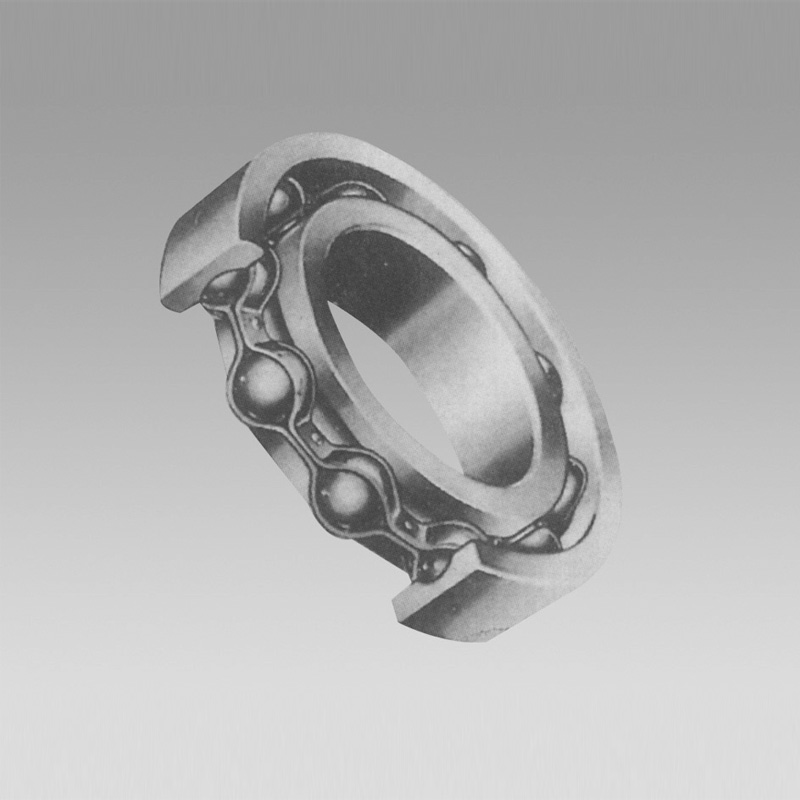
Oct . 07, 2024 07:20 Back to list
taper roller bearing vs ball bearing
Taper Roller Bearing vs. Ball Bearing A Comparative Analysis
When it comes to choosing the right type of bearing for mechanical applications, engineers and designers often face the dilemma of selecting between taper roller bearings and ball bearings
. Each bearing type has its own unique characteristics that suit different operational requirements, making it essential to understand their properties to make an informed decision.Taper roller bearings are designed to handle both radial and axial loads, thanks to their conical shape. This design allows them to distribute loads more effectively, making them an ideal choice for heavy-duty applications. When multiple taper roller bearings are used in a setup, they can accommodate substantial loads with minimal friction and wear. This attribute makes them particularly valuable in applications such as automotive wheel bearings, gearboxes, and industrial machinery, where durability and strength are paramount. Additionally, taper roller bearings can be adjusted for tension and alignment, enhancing their performance in demanding environments.
On the other hand, ball bearings are among the most common bearing types used in various applications. These bearings use spherical balls to maintain separation between the moving parts, reducing friction and allowing for smoother operation. Ball bearings excel in applications where high speeds and low friction are required, such as in electric motors, fans, and precision instruments. Their design makes them lighter and typically easier to install compared to taper roller bearings. However, they are better suited for radial loads and may not handle axial loads as effectively, making them less ideal for applications that require the bearing to sustain significant thrust or axial forces.
taper roller bearing vs ball bearing

In terms of maintenance, taper roller bearings often require regular checking and proper lubrication to perform optimally over time. Ball bearings, conversely, are generally more forgiving, as they can operate with less frequent maintenance, especially if they are sealed or shielded types.
Cost is another consideration. Taper roller bearings tend to be more expensive than ball bearings due to their more complex design and manufacturing process. However, the increased upfront cost may be justified by their superior load-bearing capacity and longevity in demanding applications.
In conclusion, the choice between taper roller bearings and ball bearings ultimately depends on the specific needs of the application. Taper roller bearings are ideal for high-load and axial-direction requirements, while ball bearings shine in high-speed and low-friction scenarios. Evaluating the operational conditions and demands will help ensure the right bearing type is selected, leading to enhanced performance and longevity of the machinery involved.
Latest news
-
The Future of Deep Groove Ball Bearings For Extreme Applications
NewsJul.31,2025
-
Self-Lubricating Bearings: The Future of Agricultural Machinery Efficiency
NewsJul.31,2025
-
Nanotechnology in Ball Bearing Machines: The Future of Friction Reduction
NewsJul.31,2025
-
How Deep Groove Ball Bearings Are Tailored for Different Uses
NewsJul.31,2025
-
Energy-Efficient Machinery Bearings: Reducing Power Consumption in Large-Scale Ball Mills
NewsJul.31,2025
-
Deep Groove vs. Angular Contact: Which Ball Bearing Wins in High-Speed Applications
NewsJul.31,2025
